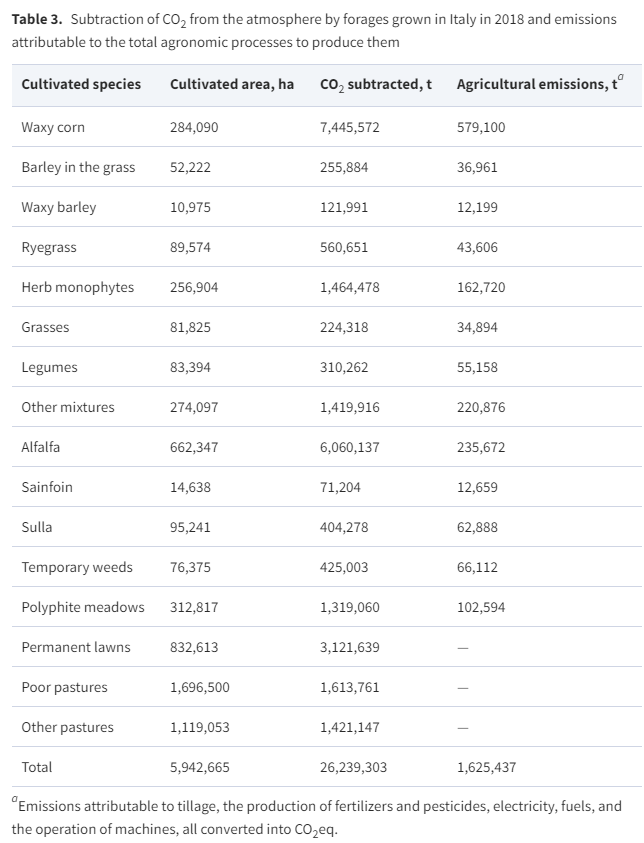The feed used on livestock farms not only affects the productivity of animals, the quality of the final products obtained, and the health of human beings, but also the balance of the entire planet.
This logical idea takes on its a greater significance in light of the recent study entitled “Influence of carbon fixation on the mitigation of greenhouse gas emissions from livestock activities in Italy and the achievement of carbon neutrality,” published in Oxford Academic’s scientific journal Translational Animal Science, and authored by Luigi Zicarelli and Roberto de Vivo of the Department of Veterinary Medicine and Animal Production of the University of Naples Federico II.


In line with other recognised research, the study demonstrates that, in Italy, excluding activities related to the transportation and processing of finished (meat and milk) products, livestock farming achieves carbon neutrality via the photosynthesis of crops and soil biodiversity.
It also reminds us that other sectors, such as energy, construction, and transport, can reduce their emissions to zero, but only agriculture has the possibility of removing the excess CO₂ already present in the atmosphere.
Going further, it reveals that the quantity of CO₂ fixed by the fodder and cereals that go into livestock feed is approximately 10% higher than the equivalent quantity emitted by farmed animals and related livestock farming activities.
Quoting the researchers word for word: “If the food for livestock were not imported into Italy, it would be enough to increase the area used for the cultivation of alfalfa by 2.6 times to equal the equivalent of CO₂ produced by livestock farms and those fixed in fodder.” The relevance of these results is clear, as should its impact be on the perception of consumers regarding the negligible environmental impact of animal products.
Bibliografia:
R. De Vivo, L. Zicarelli, Influence of carbon fixation on the mitigation of greenhouse gas emissions from livestock activities in Italy and the achievement of carbon neutrality, Translational Animal Science, Volume 5, Issue 3, July 2021, txab042, https://doi.org/10.1093/tas/txab042

